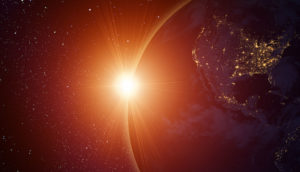
Space Day: LED Light Therapy & Blue Blockers Started With Space Exploration
Article at a Glance: National Space Day was first created in the 1990s to commemorate all of the achievements associated with space research and exploration,
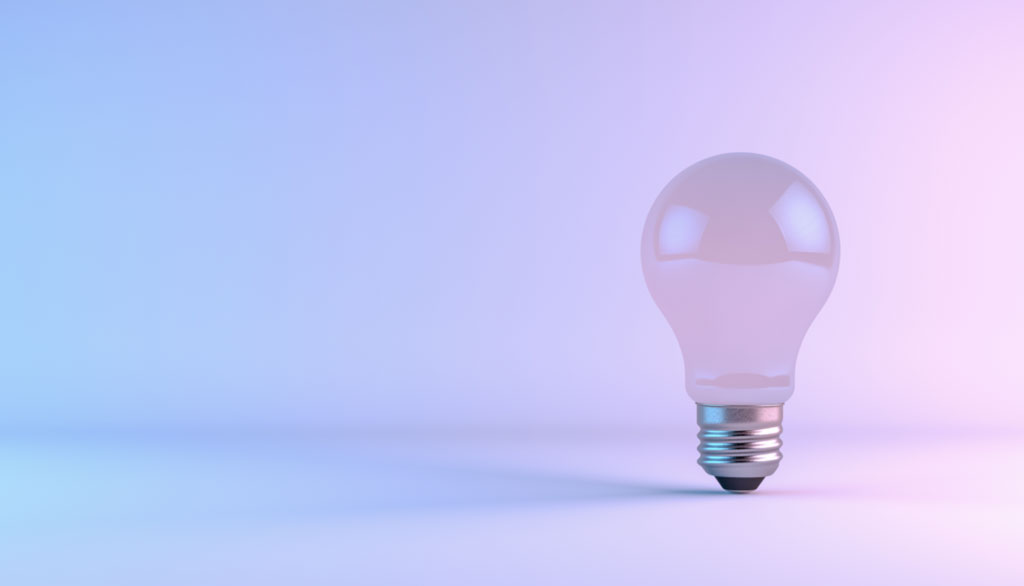
“Junk light” refers to specific wavelengths of [visible] light that artificial light sources — such as LEDs and compact fluorescents (CFLs) — emit. These light sources lack many of the sun’s frequencies that our bodies and brains need, and yet, they amplify the amount of junk light they emit beyond what humans have evolved to handle.
green light (492-577nm)
blue light (455-492nm)
violet light (400-455nm)

Dave Asprey, the Father of Biohacking, coined the term junk light to emphasize the negative impacts that overexposure to blue, green, and violet wavelengths can have on a person’s health and performance. He says, “Junk light is worse than junk food; it’s the high fructose corn syrup of lighting.” In other words, exposing yourself to artificial junk light rather than natural sunlight or incandescent light, which is much warmer than the light found in LEDs and fluorescents, is akin to consuming a spoonful of sugar versus a nutritious meal.
The reason why junk light is arguably worse than junk food is that it has become so ingrained in our everyday lives. In fact, studies show that the average American spends more than 92% of his or her time indoors under artificial lighting. People are also getting more screen time than ever before, which means even more exposure to junk light via LED screens. Overexposure to artificial junk light, in turn, negatively impacts your energy, mood, and performance.

Inside our eyes are a class of light-sensitive eye cells, called ‘intrinsically photosensitive retinal ganglion cells (ipRGCs). These cells absorb light — especially blue light — in order to properly set our circadian rhythm in accordance with the rise and fall of the sun. That’s why when sunlight shines through your window each morning, your body temperature naturally starts to rise, and you begin to feel more alert. Conversely, when the sun goes down, the human body should naturally start to decrease in temperature and prepare to sleep.
With that said, we are no longer solely relying on sunlight and fire like our ancestors. Numerous technological advances in lighting have led us to the world we now live in, where the lights are always on and our bodies don’t really know what time it is anymore.
Think about it. The sun naturally changes its position in the sky throughout the day until it descends below the horizon at nighttime. If you were outside during the day, your body would be exposed to different temperatures of light depending on where the sun was located at any given time. However, since most people spend more time indoors than outdoors, we are now getting more exposure to artificial lighting than natural sunlight.

Note that there is an inverse relationship between the wavelength of light (measured in nm) and the amount of energy that specific wavelengths contain. Light rays with longer wavelengths contain less energy, and those with shorter wavelengths have more energy. LEDs and fluorescents are notorious for emitting high levels of blue light (short wavelengths).
Overexposure to blue light can have several negative impacts on your health and performance during the daytime, such as:
Unfortunately, most office buildings (where people spend 8-10 hours a day) are flooded with LEDs and/or fluorescents. Our gyms, grocery stores, airports, and malls all use artificial light sources too. They look great for commercial purposes — and may even trick us into buying more! — but junk light does our health zero justice.
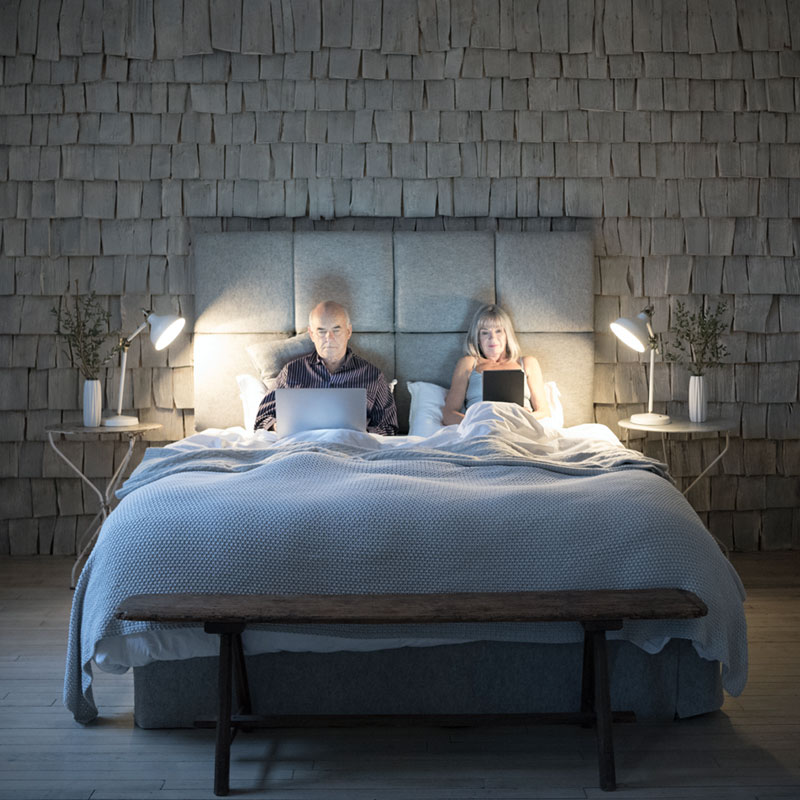
Each night as the sun goes down, your body should naturally start producing more melatonin, which is the key hormone that your body needs in order to fall and stay asleep. It also plays an important role in countering infection, inflammation, cancer, and auto-immunity (NCBI). Of course, it’s much more difficult for your body to produce this hormone if the lights are still on, or if you’re constantly glaring at screens leading up to bedtime. Many studies have shown that blue light suppresses melatonin production, which makes sense since wavelengths in this range promote alertness.
Research has also suggested that green and violet wavelengths of light could potentially delay or disrupt your sleep, especially if they are used in the hours leading up to bedtime.
When you don’t get consistent, quality sleep at night, you’re at greater risk for many health issues, including but not limited to:
According to Matthew Walker, Neuroscientist and sleep researcher, “After just one night of only four or five hours’ sleep, your natural killer cells—the ones that attack the cancer cells that appear in your body every day—drop by 70%.” Aside from putting your long-term health at greater risk, you’re also basically setting yourself up for failure tomorrow because you won’t be showing up as energetic, positive, or productive as you otherwise would have if you had gotten a full 7-9 hours of sleep the night before. This “sleep debt” can very quickly turn into a vicious cycle of feeling fatigued during the day and “wired and tired” at nighttime.
Un-training your brain to turn the lights down or off may seem daunting, but it doesn’t have to be. Here are some tips on how to prevent overexposure to junk light and protect your circadian rhythm:
*You don’t want to wear glasses that block more than 75% of blue light during the daytime because your body still needs SOME blue light in order to remain active and alert.
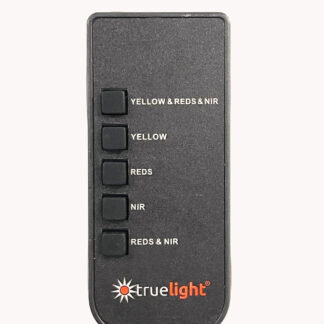

Article at a Glance: National Space Day was first created in the 1990s to commemorate all of the achievements associated with space research and exploration,
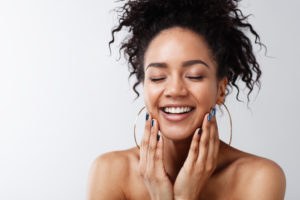
Article at a Glance: Skin is the body’s largest organ, and it’s important to protect it as much as it protects you. Maintaining healthy skin
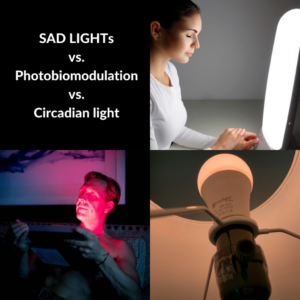
Article at a Glance: Light is an extremely powerful stimulant and tool for the human body. There are several types of light therapy and lighting
© 2024 TrueDark. All rights Reserved | Terms & Conditions | Privacy Policy | Cookie Policy